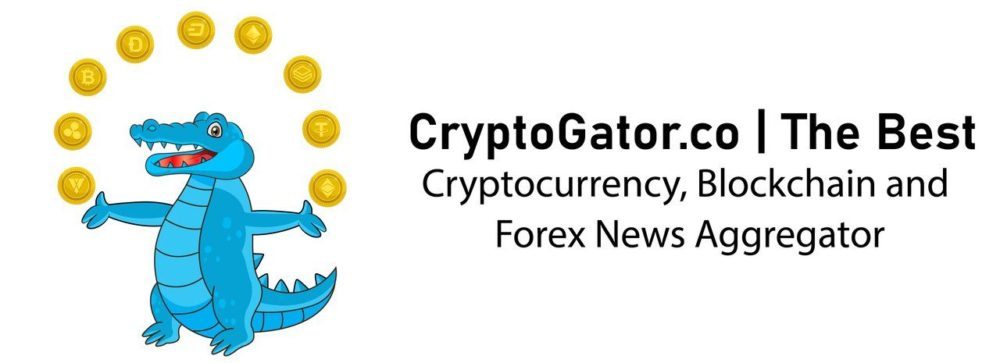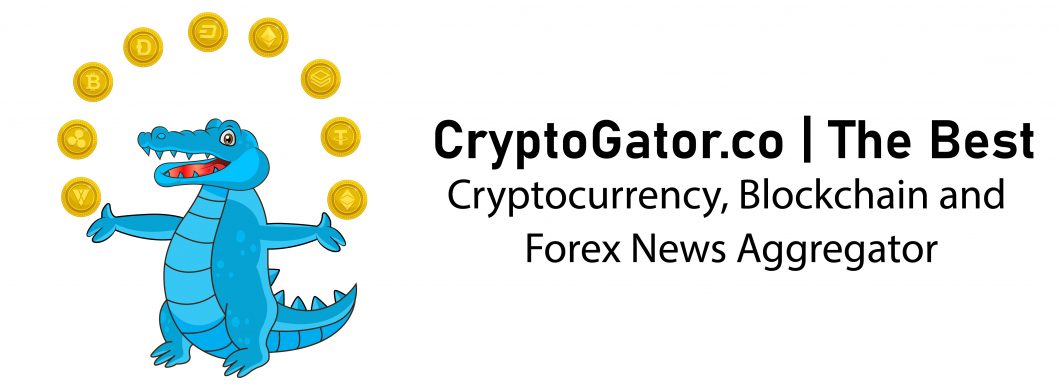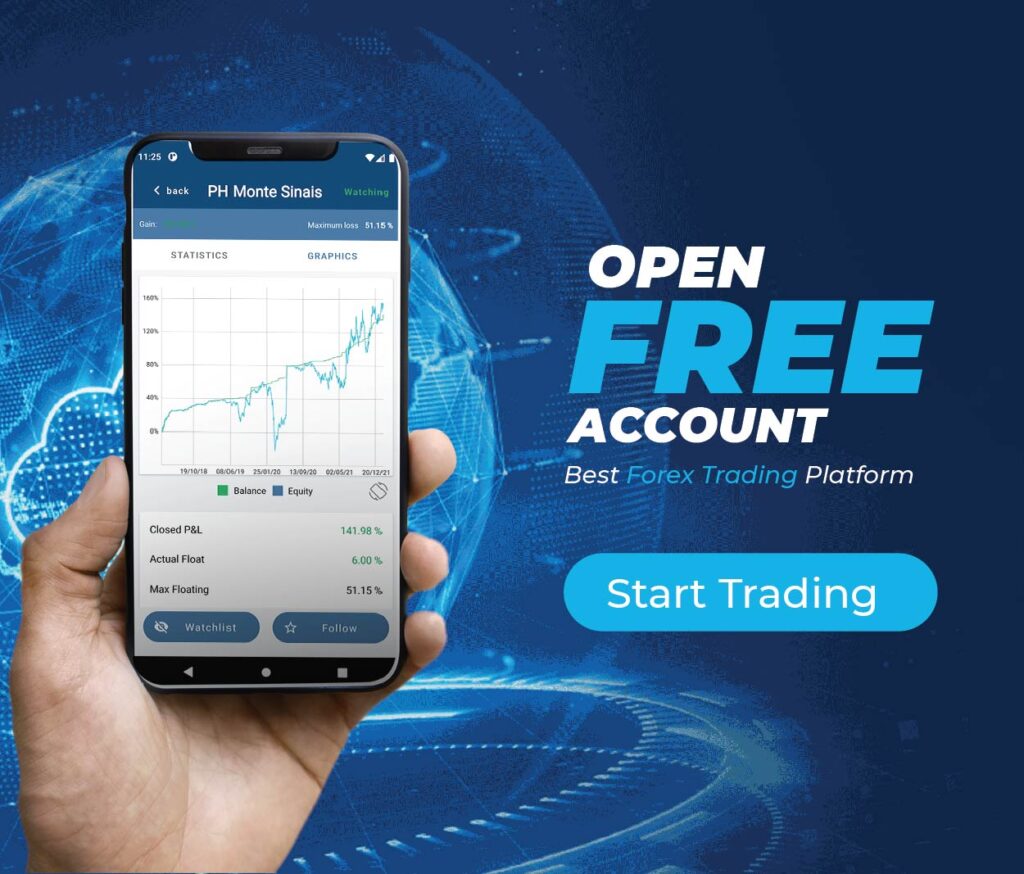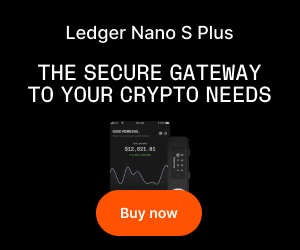Prominent layer-1 data protocol, Flare, has launched an integration that allows NFT buyers to trade on a different blockchain, and make purchases in their favored tokens. The upgrade demonstrates Flare’s interoperability and makes it easier for NFT collectors to purchase NFTs on any chain using any token of their choice without restrictions.
The interoperability function is available in beta on the network. It relies on two core interoperability protocols on Flare: State Connector and Flare Time Series Oracle (FTSO). Using the two, Flare was able to successfully purchase an NFT trustlessly on a different chain using a different token. The demo took place on Songbird, Flare’s Canary network. It was conducted by Filip Koprivec, a senior solidity engineer at Flare, and involved DOGE and XRP tokens.
At its core, Flare is a high-performance cross-chain protocol that allows for the development of interoperable and composable dApps across chains. These applications aren’t only interoperable on Web3, but also on Web2 and composable with other applications on Flare. The protocol’s main objective is “to scale the use of blockchain by enabling all digital assets and on-chain information to flow freely.”
How to Use Flare to Purchase an NFT on a Different Chain
The process of buying an NFT using Flare is simple, and doesn’t consume much time. All a user needs to do is visit an NFT dApp on Flare, then proceed to select a preferred payment chain/token in the dApp. The Flare Time Series Oracle (FTSO) will provide the dollar exchange rate for the chosen token.
The NFT dApp will use the FTSO rate to confirm the price of the NFT in the chosen token, and the user can reserve the NFT mint. Then the dApp will provide the buyer with payment details to complete the purchase. This includes the amount to pay, the payment address, and the payment reference to associate the payment with the NFT.
The user will proceed to make the payment using their wallet for the chosen token and obtain the transaction data before submitting it to the state connector.
The state connector will verify if the payment has been made by consulting with decentralized attestation providers. If there is consensus, the user will take the attestation data and feed it to the NFT contract. It will be verified, and the NFT will be minted into the user’s Flare address.
This Opens Things Up
Following the successful demonstration of Flare’s interoperability prowess, Hugo Philion, cofounder and CEO of Flare, was ecstatic. In a statement, he notes, “This demo highlights Flare’s ability to provide more types of secure, decentralized data on-chain in order to power new functionality and potential use cases for the industry. The NFT demo is one example of the web3 utility Flare can unlock for legacy tokens, enabling them to be used trustlessly in dapps on the network. We are excited to see what other applications engineers can develop, harnessing the capabilities of Flare’s native interoperability protocols.”
About Flare
Flare is an EVM-based Layer 1 blockchain that gives developers decentralized access to high-integrity data from other chains and the internet. This enables new use cases and monetization models, while allowing apps to serve multiple chains through a single deployment.
Want more? Connect with NFT Plazas
Join the Weekly Newsletter
Join our Discord
Follow us on Twitter
Like us on Facebook
Follow us on Instagram
*All investment/financial opinions expressed by NFT Plazas are from the personal research and experience of our site moderators and are intended as educational material only. Individuals are required to fully research any product prior to making any kind of investment.
The post Flare Raises the Bar with Cross Blockchain NFT Trading appeared first on NFT Plazas.



